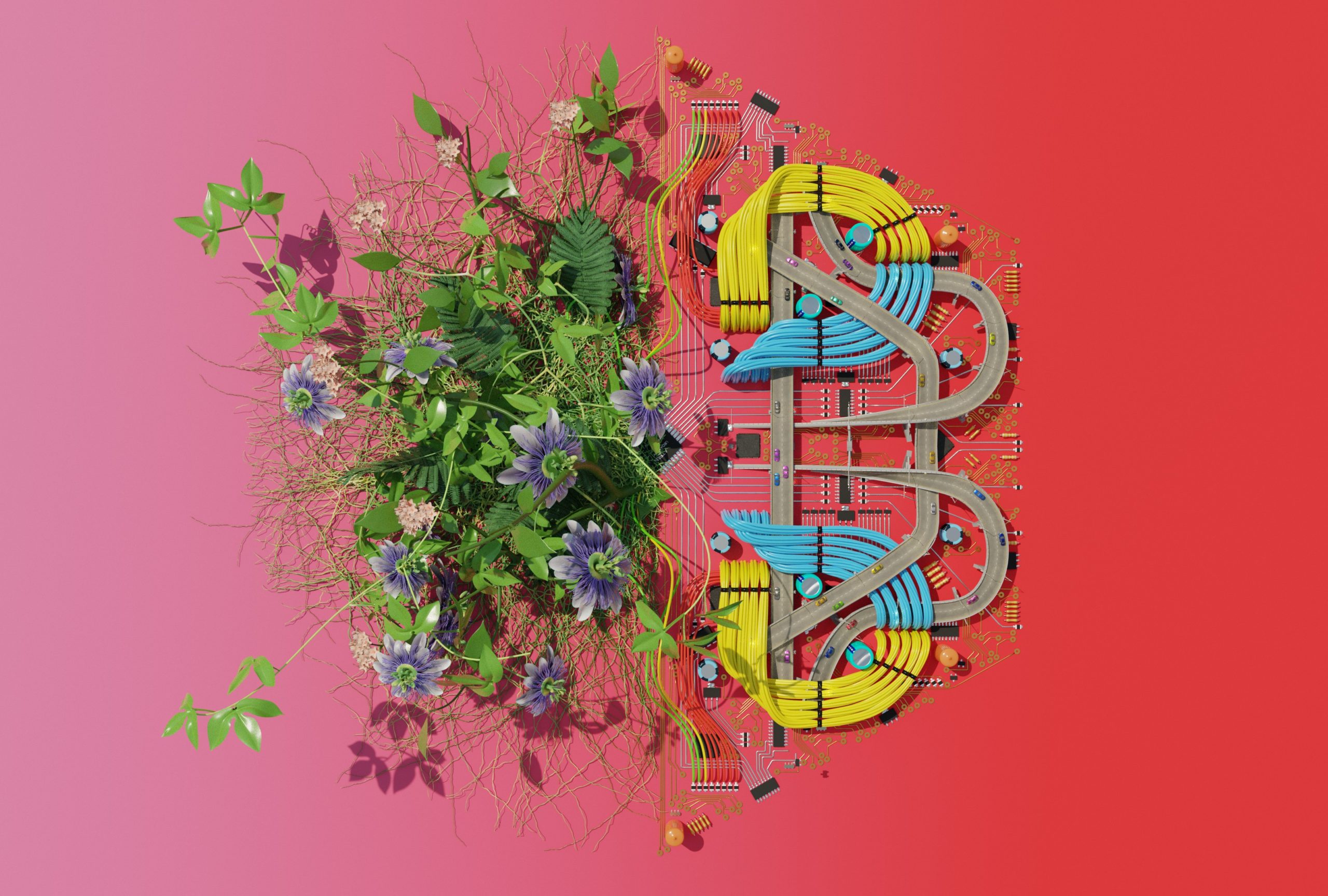Nathan Gardels is the editor-in-chief of Noema Magazine.
When so much of what we know of the world is hemmed in by silos, disciplines, paradigms and ideologies, out-of-the-box thinking by iconoclasts can yield the most valuable insights. One of the most consequential iconoclastic scientists of our time is James Lovelock, now 101 years old, who is profiled in Noema this week by Bryan Appleyard.
Lovelock famously conceived of the “Gaia hypothesis,” that the planet is one self-regulating organism of which humans are only a part. It has become the foundation of a new ecological consciousness, an article of faith among Green movements everywhere.
As Appleyard reports, Lovelock didn’t stop there as his youthful musings were reawakened with age. He has gone on to predict a “Novacene Age” in which machines that can process information thousands of times faster than our own minds will fuse with humans into a superior, collective hyper-intelligence. His latest turn even envisions that the presumed cyborgs who inhabit this new age will organize themselves into resource-efficient cities, or “nests” like hornets whose highly ascribed social functions are devoted to the sustenance and reproduction of the hive, organically integrated with the environment around it. For Lovelock, such uber-intelligent colonies could well be key to surviving in a warming planet.
Another iconoclast, the late arcologist Paolo Soleri, similarly imagined what he called “the frugal city” as a key to restoring the ecological balance humans have so disrupted. When I visited him once at Arcosanti, his experimental settlement out in the Arizona desert, he argued that the vast array of close feedback loops forged by increasing spatial density, like the tight coils of the brain, are the condition for advanced intelligence and the most efficient use of energy and other resources.
In her fertile writings, Hao Jingfang, the Chinese science-fiction novelist and author of “Folding Beijing,” has taken Soleri’s vision a step further. She sees cities in the age of cyberspace and smart technology, such as self-driving cars and the internet of things, becoming large neural networks that will develop their own mind and consciousness.
Such a prospect scares the architect Rem Koolhaas, who fears urban life will be “shackled by algorithmic conformity … a neural network, yes, but one that operates in lockstep.” In other words, like a hive. “Intelligent life flourishes most in the diversity of those unmanaged spaces that are, by definition, outside efficiency,” he admonishes. “That has been the history of the development of diverse life forms, and that has been the history of the culture of cities.”
If cities indeed morph into wired hives as our species’ contribution to self-regulation of the planet, it will likely erase the “unmanaged spaces” that Koolhaas cherishes as the convivial core of urban life. The Dutch architect’s worries are not misplaced. But it is certainly not beyond the scope of possibilities that this is the price of ecological equilibrium that Gaia — the Earth goddess and mother of all life in Greek mythology — will demand.





